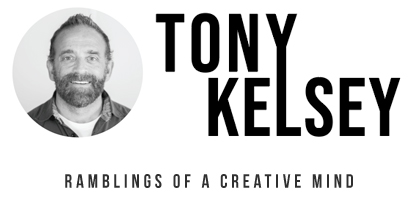A couple weeks ago I was watching Royal Pains, the dopey but cute show on the USA Network about a doctor and his brother who have moved to the Hamptons to set up a medical concierge practice for the rich and famous (sort of a Baywatch in the Hamptons), and I noticed the #royalpains hashtag in the lower left of the screen. I got out my MacBook and jumped on Twitter…and I have to admit…it was fun!
A hashtag, for those that don’t know, is a community-driven convention for adding additional context and metadata to messages you post on Twitter. In case that confused you more: A hashtag basically allows you to make your tweet easier to find by people who are interested in the same topic. A person wanting to see what is being said about Royal Pains would just search for #royalpains. And if they want their tweet to be included in the conversation they merely include #royalpains in their 140 character post. (You can read more about hashtags here.)
What I found, when I jumped into the #royalpains conversation was a whole bunch of people saying pretty much what I had been saying to my wife…things like, she’s allergic to something in the flower garden, or, Evan’s sweater is hideous. It was as if I were suddenly watching the show with thousands of other people at the same time!
From a social marketing standpoint it’s a great way to build a community and following around a television show. Especially for viewers who may be sitting at home and watching alone. It makes the whole experience fun and entices the viewer to watch again the next week to be part of a like-minded crowd.
Here’s the marketing positives on this:
- Hashtags are subtle enough that they don’t distract or annoy viewers who don’t know what they are or don’t care. They are usually just small watermarks in the corner of the screen.
- Hashtags make monitoring Twitter conversations easier, thereby making it fun to be part of a group with whom you share an interest.
- By having a dedicated hashtag (#royalpains as opposed to #royalp or #royalpainsshow) increases the chance that the conversation will start trending, or become popular. When people who don’t watch the show see that #royalpains is a popular conversation they will be curious about tuning in and watching the show.
- And, this is the biggie — seeing hashtags on their recorded shows may remind DVR users they’re missing out by not watching in real time.

I have seen those hashtags too. I was thinking how cool it is that they attract people to the show through twitter. Excellent point about how they also pull people into the commercials. Got to always be thinking when you are in marketing.